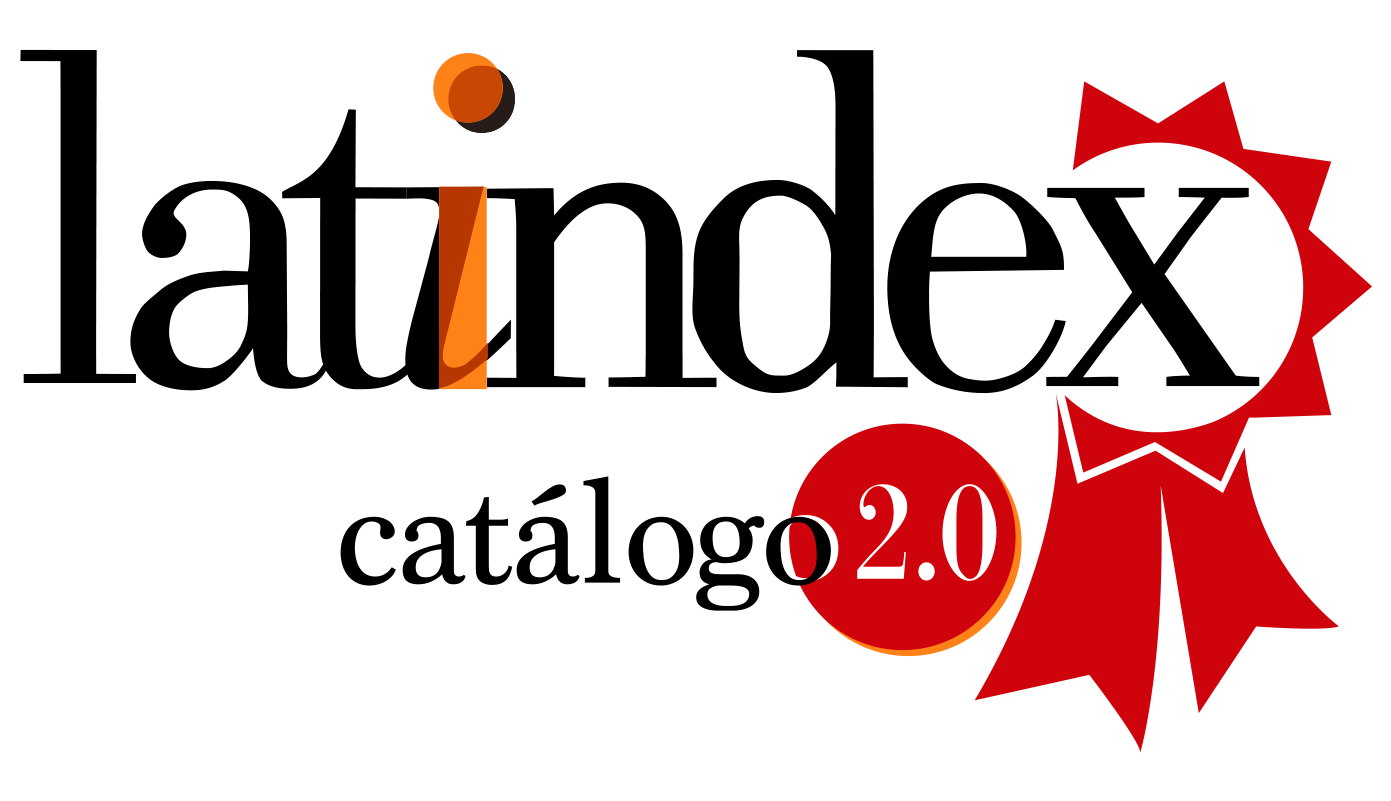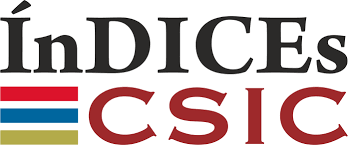Homo instrumentalis
Manos, herramientas, matemática y ciencia
DOI:
https://doi.org/10.24310/nyl.18.2024.17602Palabras clave:
evolución, manos, lenguaje, técnica, ciencia, matemáticaResumen
Se presentan ideas que destacan el papel de las manos en la evolución de los homínidos que condujo al homo sapiens, y luego al desarrollo de la especie, a través de la tecnología y la ciencia. Si el lenguaje (en cuyo surgimiento las manos tuvieron un papel significativo) jugó un papel esencial en el desarrollo social de nuestra especie, la matemática, creada por necesidades de la técnica y el ordenamiento social, fue elemento decisivo para el desarrollo del pensamiento abstracto y de los logros tecnológicos de nuestra especie. Se propone una taxonomía para el desarrollo tecnológico humano.
Descargas
Métricas
Citas
Arbib, M.A. (2012): How the brain got language, Oxford, Oxford University Press.
Browman, C.; Goldstein, L. (1990): «Gestural structures: Distinctiveness, Phonological Processes, and Historical Change, in I. G. Mattingly, M. Studdent-Kennedy, Modularity and the motor theory of speech perception, Psychology Press, pp 41-67.
Butterworth, B. (1999): The Mathematical Brain, Macmillan, London.
Capaldi, E.J.; Miller, D.J. (1988): «Counting in rats: its functional significance and the independent cognitive processes that constitute it», Journal of Experimental Psychology. Animal behaviour processes, Vol 14, Nº 1, pp 3-12.
Church, R.M.; Meck, W.H. (1984): «The numerical attribute of stimuli», in R.M. Church, W.H. Meck, Animal cognition, Psychology Press, pp. 54-74.
Corballis, M.C. (2003): «From mouth to hand: Gesture, speech and the evolution of right-handedness», in Behavioural and Brain Sciences, Vol 26, pp 199-208. DOI: 10.1017/s0140525x03000062.
Culham, J.C.; Kanwisher, N.G. (2001): «Neuroimaging of cognitive functions in human parietal cortex», in Current Opinion in Neurobiology, Vol 11, Nº 2, pp 157-163. DOI: 10.1016/s0959-4388(00)00191-4.
Dastjerdi M. et al (2013): «Numerical processing in human parietal cortex during experimental and natural conditions», in Nature Communications, Vol 4, article number 2528. DOI: 10.1038/ncomms3528.
Dehaene, S. (2016): El cerebro matemático, Siglo Veintiuno, Buenos Aires.
Douglas Fields, R. (2023): «The hidden brain connections between our hands and tongues», Quantamagazine, August. URL: https://www.quantamagazine.org/the-hidden-brain-connections-between-our-hands-and-tongues-20230828/.
McNeil, D. (1985): «So you think gestures are nonverbal?» in Psychological Review, vol 92, nr 3, pp 350-371; DOI: 10.1037/0033-295X.92.3.350.
McNeil, D. (1992): Hand and mind: What gestures reveal about thought, Chicago, Chicago University Press.
Meir, R.P.; Newport, E.L. (1990): «Out of the hands of babes: On a possible sign language advantage in language acquisition», in Language, Vol 66, Nº 1, pp 1-23. DOI: 10.2307/415277.
Morgan, T.H. et. al. (2015): «Experimental evidence for the co-evolution of hominid tool-making teaching and language», in Nature Communications, Vol 6, Article number 6029. DOI: 10.1038/ncomms7029.
Parera López, J.J. (2021): Lenguaje y Matemática en la comunicación y el pensamiento, Llanura.
Reed, C.M.; Durlach, N.I. (1998): «Note on information transfer rates in human communication», in Teleoperators and virtual Environments, Vol 7, Nº 5, pp 509-512. DOI: 10.1162/105474698565893.
Wiener, N. (2019): Cybernetics or control and communication in the animal and the machine, Massachusetts, MIT Press.
Publicado
Versiones
- 03-07-2024 (2)
- 02-07-2024 (1)
Cómo citar
Número
Sección
Licencia
Derechos de autor 2023 Naturaleza y Libertad. Revista de Estudios Interdisciplinares

Esta obra está bajo una licencia internacional Creative Commons Atribución-NoComercial-CompartirIgual 4.0.
Aquellos autores/as que tengan publicaciones con esta revista, aceptan los términos siguientes:
1. La información de derechos de autor y licencias se describe claramente en el sitio web de la revista: todo el contenido publicado en Naturaleza y Libertad es de acceso abierto sin límite y está sujeto a la licencia Attribution-NonCommercial-ShareAlike 4.0 International (CC BY-NC-SA 4.0). El texto completo se puede consultar en https://creativecommons.org/licenses/by-nc-sa/4.0/
2. Es responsabilidad de los autores obtener los permisos necesarios para las imágenes que están sujetas a derechos de autor. Los autores cuyas contribuciones sean aceptadas para su publicación en esta revista conservarán el derecho no exclusivo de utilizar sus contribuciones con fines académicos, de investigación y educativos, incluido el autoarchivo o el depósito en repositorios de acceso abierto de cualquier tipo. La edición electrónica de esta revista está editada por la Editorial de la Universidad de Málaga (Uma Editorial), siendo necesario citar el origen en cualquier reproducción parcial o total.
3. Esta revista permite e incentiva a los autores a publicar artículos en sus sitios web personales o en repositorios institucionales, tanto antes como después de su publicación en esta revista, siempre que proporcionen información bibliográfica que acredite, en su caso, su publicación en la misma.
4. En ningún caso se publicarán artículos anónimos.





18.png)













